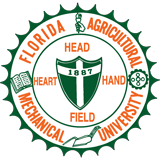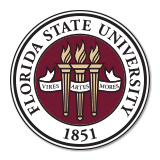Scientific experiments at the micro-level may always be a practice fraught with ambiguity, a challenge that has never stopped the most tenacious minds. Take researchers Brian Mastracci, Ph.D. and professor Wei Guo of the Cryogenics Lab at the National High Magnetic Field Laboratory. The pair recently developed a scheme that clarifies the process by which a cooling element for large-scale equipment (such as superconducting magnets) operates under turbulence. Their findings, which allow for more precise particle tracking, were recently published as "Characterizing vortex tangle properties in steady-state He II counterflow using particle tracking velocimetry" in the journal Physical Review Fluids.
Due to a unique mode of heat transfer known as thermal counterflow , He II (a fluid state of helium-4) has been widely utilized for cooling large scale equipment, such as superconducting magnets, particle accelerators, and colliders all around the world. The superior heat transfer capability of He II, however, can be strongly affected by turbulence in its two fluid components.
There have been extensive studies of counterflow turbulence using visualization techniques such as particle tracking velocimetry (PTV), whereby small foreign tracer particles are introduced to the fluid, illuminated by a laser, and filmed with a high-speed digital camera as they travel through the flow field. However, due to ambiguous motion that arises from complex interactions of the tracer particles with the normal fluid, superfluid, and quantized vortex lines, there has been little faith in the ability of PTV to make quantitative measurements.
Recently, the professors introduced a scheme for differentiating the behavior of tracer particles trapped on vortices from particles entrained by the normal fluid. In their paper, this scheme was applied to demonstrate that PTV can in fact be utilized for quantitative measurements of vortex dynamics in He II counterflow, resolving the ambiguity.

